The genesis of the book
“Mizuwari” is not the name of a whiskey and even less of a distillery. “Mizuwari” literally means “cut with water” (and a few ice cubes). It is a typically Japanese way of serving strong alcohols in order to attenuate the power, develop the aromas and accommodate them to the local palate.
Bruno Labarbère went to Japan for the first time in 2011, a bit by chance and a lot out of love. He is conquered by this country as strange as it is familiar. This taste for Tokyo is confirmed when he begins to work with Japanese engineers. Back in 2013, during a karaoke evening, he discovered the mizuwari service: immediate crush and taste revelation. Thus, the water calms the whiskey burn, reveals the subtleties of the sake and accentuates the plum of the umeshu! A journalist at heart and by trade, he needed to go deeper into the subject and, for his third trip in 2017, initially wanted to make a documentary on the country’s distilleries. But the Golden Week of 2017 and a few logistical mistakes decided otherwise.
The abortive non-reporting drifts into a wandering in the streets and alleys of Tokyo, to meet not those who produced local alcohols but those who consumed them, mizuwari or not. He gets lost in the vapors of Golden Gai and the nights of Shinjuku until the early morning. He gets lost in multiple spaces and temporalities where yesterday, today and tomorrow overlap and cohabit with a disconcerting naturalness. From these friendships as intense as they last only a few hours and several drinks (sometimes the reverse), he brings back images that he will only rediscover a few years later, when the Covid-19 closes the bars and prohibits all strolling nocturnal. A dive back into this Japan that he loves so much but where he has not returned since the start of the pandemic. An extreme Orient that he would like everyone to (re)discover and appropriate through this book which is also a travel diary.

A word from Bruno Labarbère
“This book is not a book about whiskey. It is rather that of a half-awake stroll through the alleys of Tokyo, from bar to bar, meeting, generally fortuitously, lovers of mizuwari, highballs, umeshus and sake sours who, at nightfall, glass after glass, recall that if Japan may be the country of temperance, the local nudge knows how to reach an Olympic level while forgetting all moderation.
This book is also not a book about drunkenness, but rather about drunkennesses. The one that invades you when you are brutally immersed in an unknown culture. The one that obsesses you when you begin to discern its contours, habits, customs. The one that paralyzes you in the face of the language barrier. The one that makes you dizzy when you touch all its delicacy and folds. The one that makes you shiver, with excitement and impatience, when you realize that you will never fathom its mysteries. But this book, above all, is a eulogy to life, to the so orderly chaos and to the shadows of Tokyo.“

The photographic work
The Mizuwari series
— Winner of the Summilux.net Prize 2021
- A SNAPSHOT OF TODAY’S JAPANESE SOCIETY
- A PERSONAL ESCAPE, ECHOING THAT OF THE JAPANESE HE MEETED
This wandering is a pretext to capture the Japanese soul, to try to capture its most salient features. A snapshot photography, the work of Bruno Labarbère is primarily interested in faces, in beings.
Through the choice of daring framing, with a particular taste for the vagueness that suits suspended bodies so well, he himself seems to be part of the decor, revealing along his journey the backstage of a world that can escape us if we do not have the codes.
By endeavoring to testify to this social practice of alcohol consumption with a typically Japanese intensity, Bruno Labarbère succeeds in bringing out a whole sociological aspect of Japan. From his nocturnal wanderings, he has extracted a summary, both in substance and in form, of the Japanese soul when it frees itself from the social shackles and the weight of traditions. Bodies and minds escape outside in the vapors of the night at the same time as the effect of alcohol spreads inside.
Completed in 2020, this series offers a dense and intense journey — as are its blacks & whites — at the heart of an intimacy unveiled until the greyed out bodies collapse in the early morning on the asphalt.
The combination of highly contrasting images with a few hidden color images makes it possible to play on different temporalities, and expresses the tension between the two sides of the same face, of a people torn between secular traditions and the quest for freedom, in a country as free as rigid, perpetually in motion, both at the forefront of modernity and frozen in time.
The photographic approach: an ode to the night, a declaration of love to Japan
As an Asian by birth, Bruno Labarbère has always been amused by the Western view of the Far East.
However, it is with these same clichés, influenced both by Lost in translation (Sofia Coppola’s film released in 2003), Stupeurs et tremblements (Amélie Nothomb’s French novel published in 1999 and adapted to the cinema in 2003) and Paprika (Satoshi Kon’s film released in 2006) that he took his first steps in Japan in 2011 and that he was in turn confronted with the dichotomy between his initial preconceptions and what he discovered about Japanese life, and especially its nightlife.
He observes this tendency to “be alone together”, this melancholy which is drawn on the faces. Visually struck by what he sees during his various travels, constantly returning to explore the same places, he thinks he has a look that is absent from any photographic reference.
It is once his images are produced that he begins to show them and understands that his work is imbued with a very Japanese aesthetic, oscillating between the Showa era or the Heisei era, named after the aesthetic currents corresponding to the last two imperial eras.
His street photography expresses his desire for an approach free of time constraints. It is first of all about letting yourself be carried away by chance encounters in a world of the night that is less aggressive, more open, where the light, subdued, no longer bothers the short-sighted person that he is. Through his images, he shares his own sensory and emotional experiences and gives us the key to entering a universe that is banal for the Japanese but capable of bewitching our Western imaginations.
Photography allows him to keep track of moments stolen from time, when those they encounter. “When people no longer pay attention to what they are, they are much more intense,” Bruno Labarbère tells us.
Candid tribute to a common practice in Japan elevated to the rank of an institution, fascination for this alcoholic nightlife of a country where relations between men and women remain complex, where office life requires valves to free oneself from stress and injunctions of presence and performance, MIZUWARI shows a society that is far from being just a robotized society and which remains deeply human. Bruno Labarbère managed to blend in with the decor. We forget its presence. Without any zoom, he approaches his subjects, he is part of their world for one night. Without judgement, he gives us access to this world of salarymen which seems so far from ours.
Curator Laura Serani understood the nostalgia and poetry emanating from these images. It is not surprising that she chose Bruno Labarbère to be part of the Tremplins Jeunes Talents during the 2022 edition of the Deauville Planches Contact Festival.
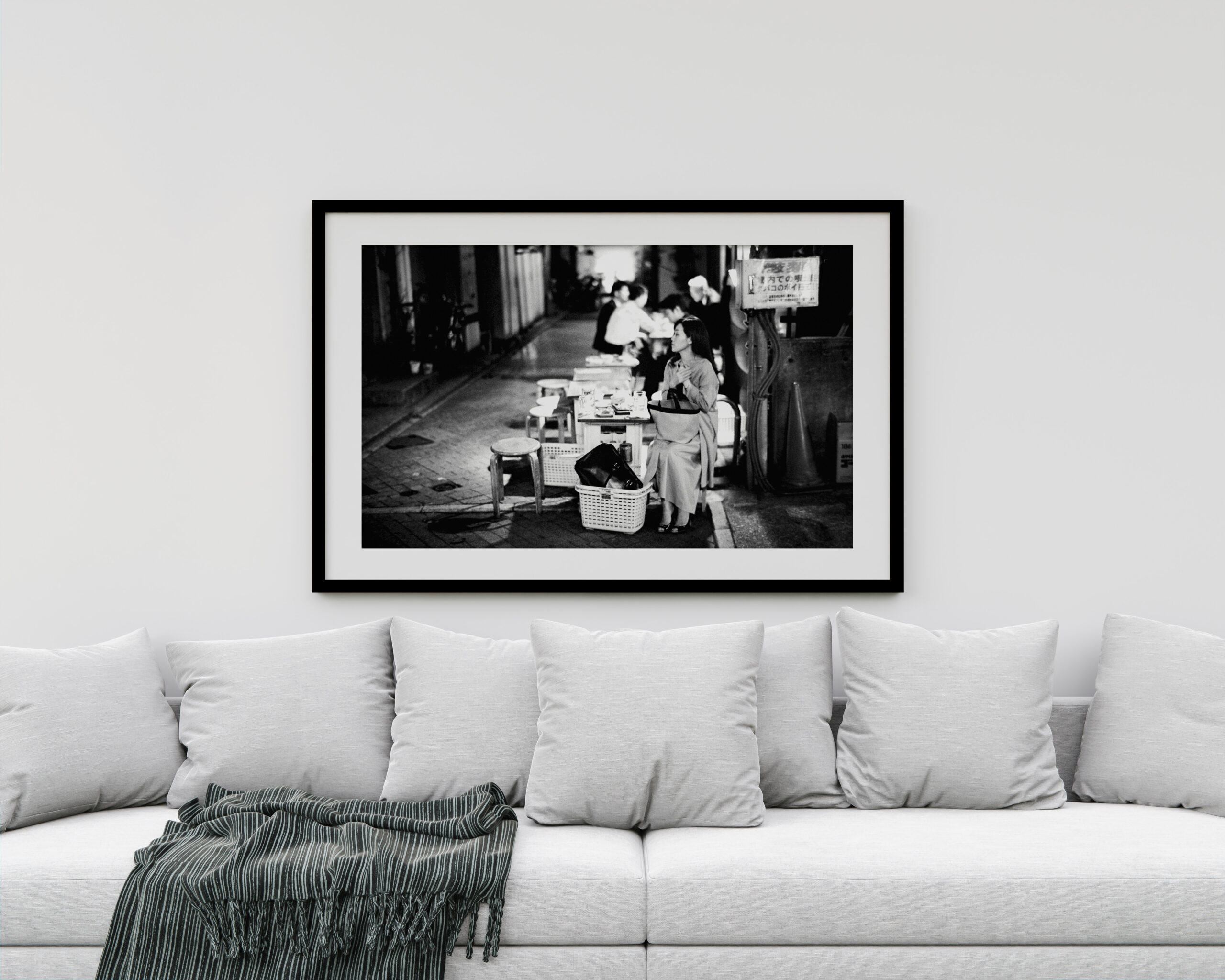
“Mizuwari plunges us into the bowels of emotions and sensations where place and time have no more meaning than a fleeting afterthought. Images of the subconscious all seem to surface from memories coming from an unknown land. The black ink of night, the sweet nostalgic rise of dawn and the irrationally rational days of Tokyo all fuse together to create a confusion of past, present and future existences.”
Diana Lui
[extract from the foreword]
The book: a unique piece!
A true object, the MIZUWARI book relies on cutting-edge manufacturing with a system of flaps that open to create a dialogue between the images in several ways and play with the surprise effect of new image associations that are created.
In a game of unveiling, new stories are told, showing all the complexity of this social game. The spiral gives this book its notebook dimension and frees itself from the codes of the classic photography book to make it an everyday object, a research notebook, a tool for personal reflection.
Like Tokyo city, this book is not set in stone and everyone can browse it at will, in the Western direction (from left to right), or Japanese (from right to left), each reader being able to discover a different story according to how he browse, unfold, fold, combine and explore.
Who is Bruno Labarbère?
Born in Thailand in 1987, living in France since 1992, Bruno Labarbère first intended a career as an automotive designer engineer. His life took a radical turn when he bought, by chance, his first camera in 2007. Realizing that applied mathematics were not made for him and that he could just as well find in photography this mixture of art and technicality that fascinates him, he left his university in Bordeaux and enrolled in a BTS in photography in Paris… but never finished his studies, preferring to wander the streets of Paris, his camera in hand. Thanks to chance encounters, often in bars, he was, from 2010 to 2020, in turn salesman in Leica Store, head of the photographic section of the site LesNumériques.com, journalist for the French magazines Réponses Photo then Monde de la Photo. A decade on the technical side of photography stopped radically by the Covid-19 pandemic.
The first confinement is an opportunity to take the time to finally sort out his photographic archives, where Parisian nights rub shoulders with the streets of Japan, where he went for the first time in 2011 and which he has since considered his third adopted country. Locked up like millions of others, the (re)discovery of these pictures gives him the impression of traveling in this nocturnal Tokyo whose doors will remain closed to foreigners for several years. From images to memories, a story is reconstructed. Bruno Labarbère then shows his work to photographers, booksellers, journalists, publishers, and assimilates each of the criticisms. While the shots were not premeditated, everyone sees a different artistic reference in them: Daido Moriyama for the spontaneity, William Klein for the scenes of life, Ed van der Elsken for the shadow play. Over the returns, the project evolves to become this book to be published by Hemeria editions.
Admitted in residence at the Festival Planches Contact 2022 as part of the Tremplin Jeunes Talents, he exhibited last fall at the Franciscaines museum in Deauville: a nocturnal stroll through the bars of the city…
Exhibitions and partners
Bruno Labarbère’s work is supported by the Echo 119 Gallery (which represents Araki Nobuyoshi in France).
Two new exhibitions of MIZUWARI are to come in 2023:
– Echo 119 Gallery (May)
– Leica Store Paris 8e (June).
For more information:
Meeting with Bruno Labarbère, two-part documentary directed by Vincent NVan
> https://youtu.be/WatiGNqYhuA
> https://youtu.be/NienlDrDfR0
Interview with Bruno Labarbère, directed by Emmanuel Pampuri
> https://youtu.be/Y4rWpK8qhKg
A presentation of the project is organized on Thursday February 16 from 6 p.m. to 9 p.m. at the Écho 119 gallery >>
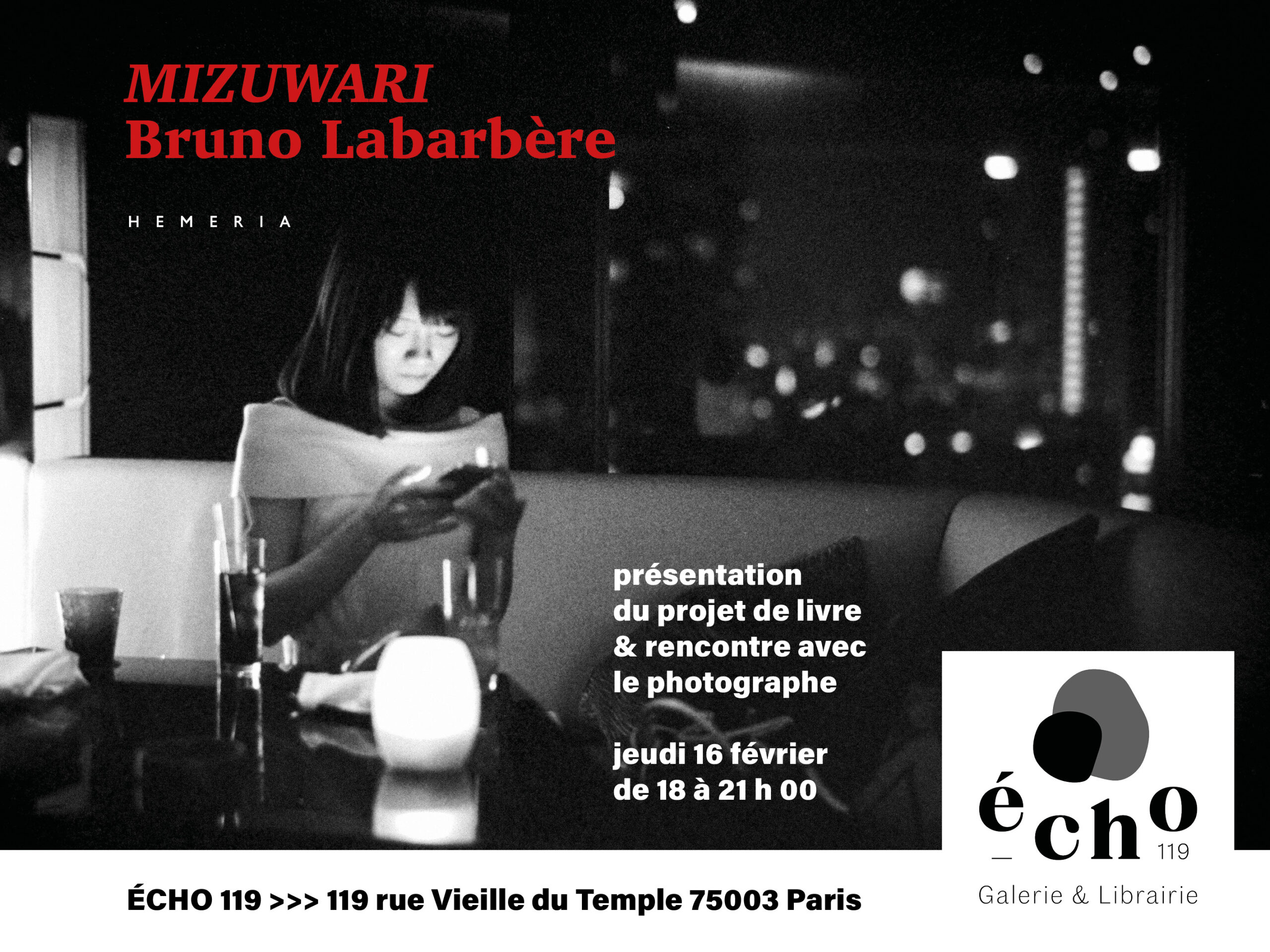
Prints available as rewards >>> choose from photo A to photo N
-
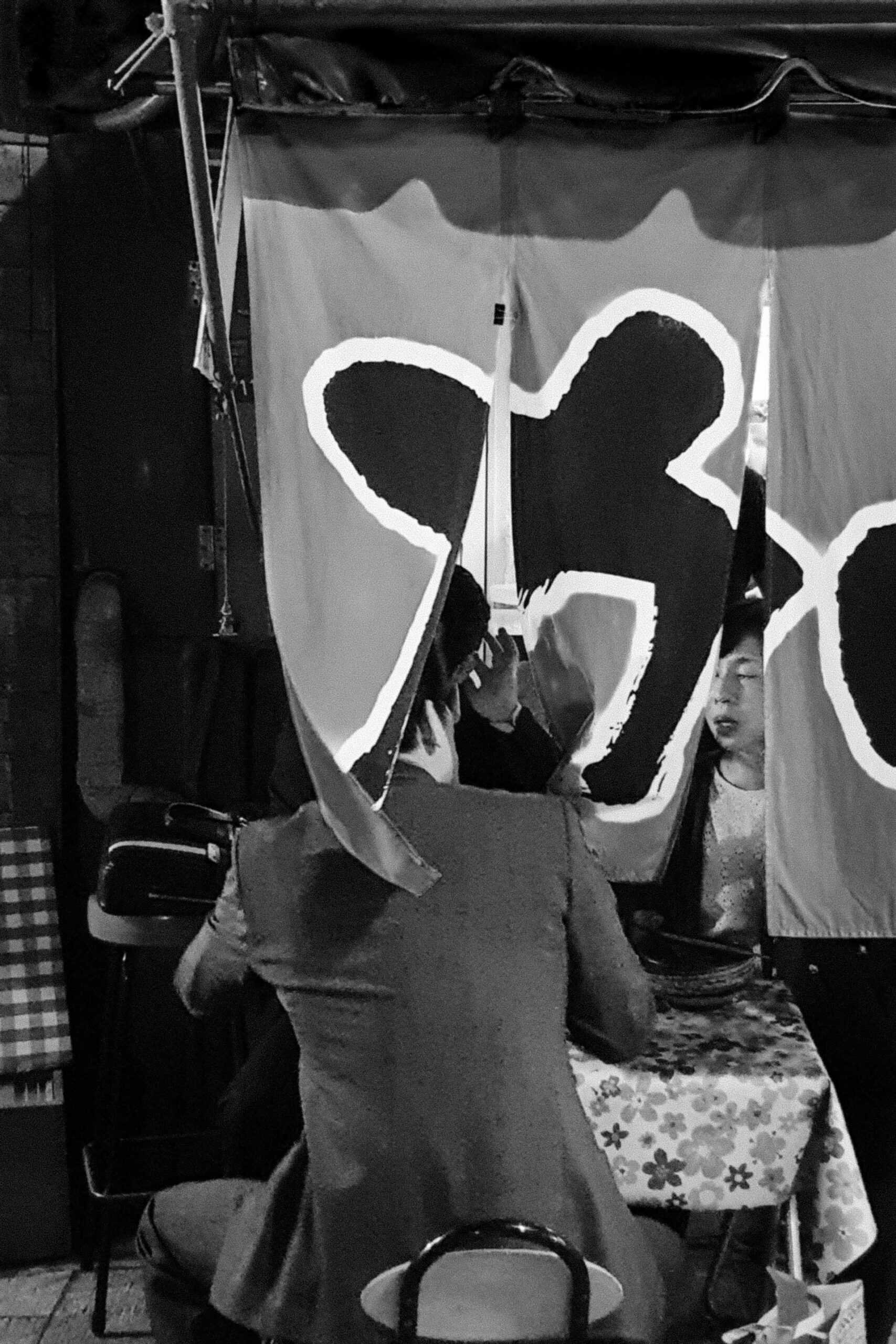
-
Photo A size 15×20 cm
-
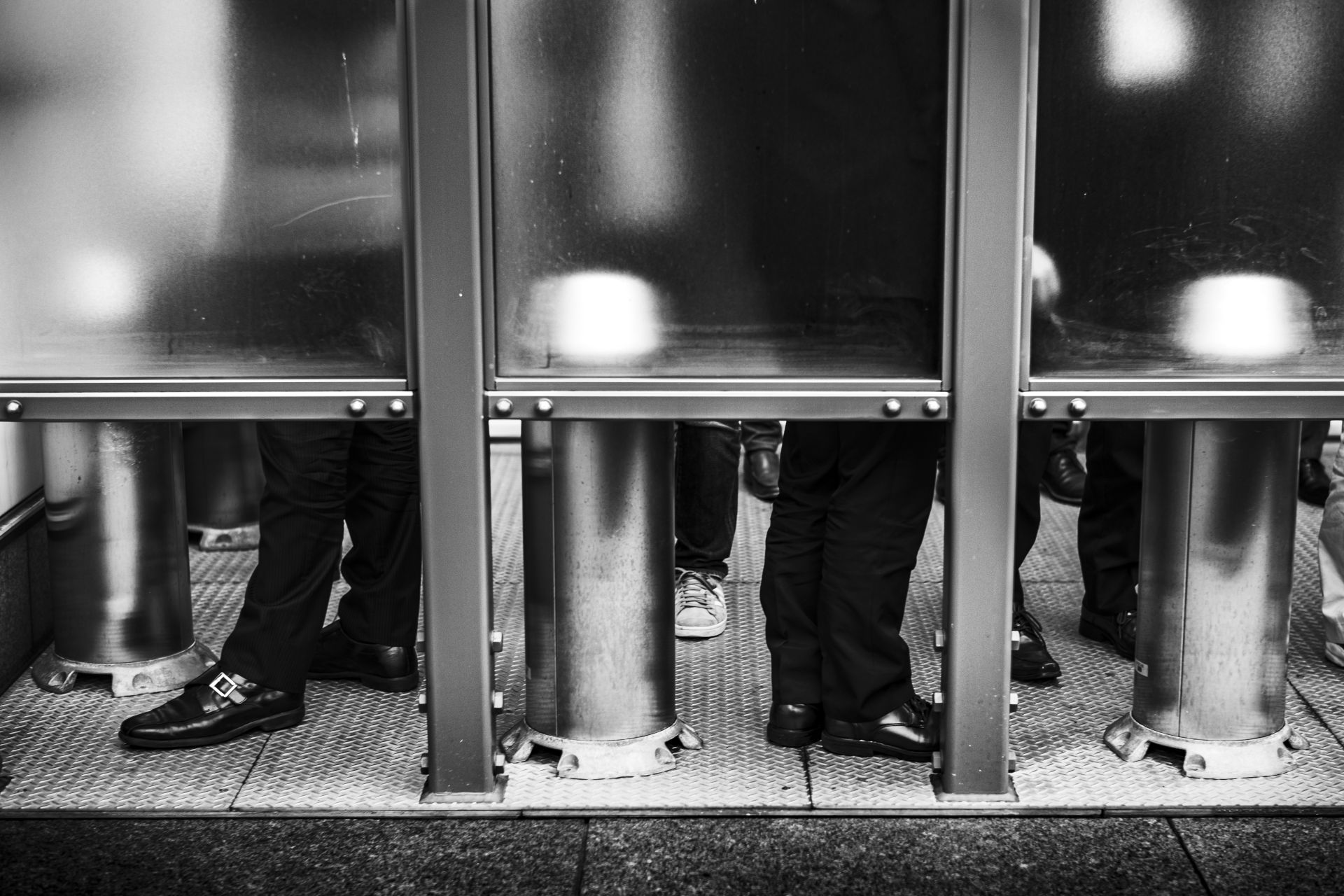
-
Photo B size 20×30 cm
-

-
Photo C size 20×30 cm
-

-
Photo D size 20×30 cm
-
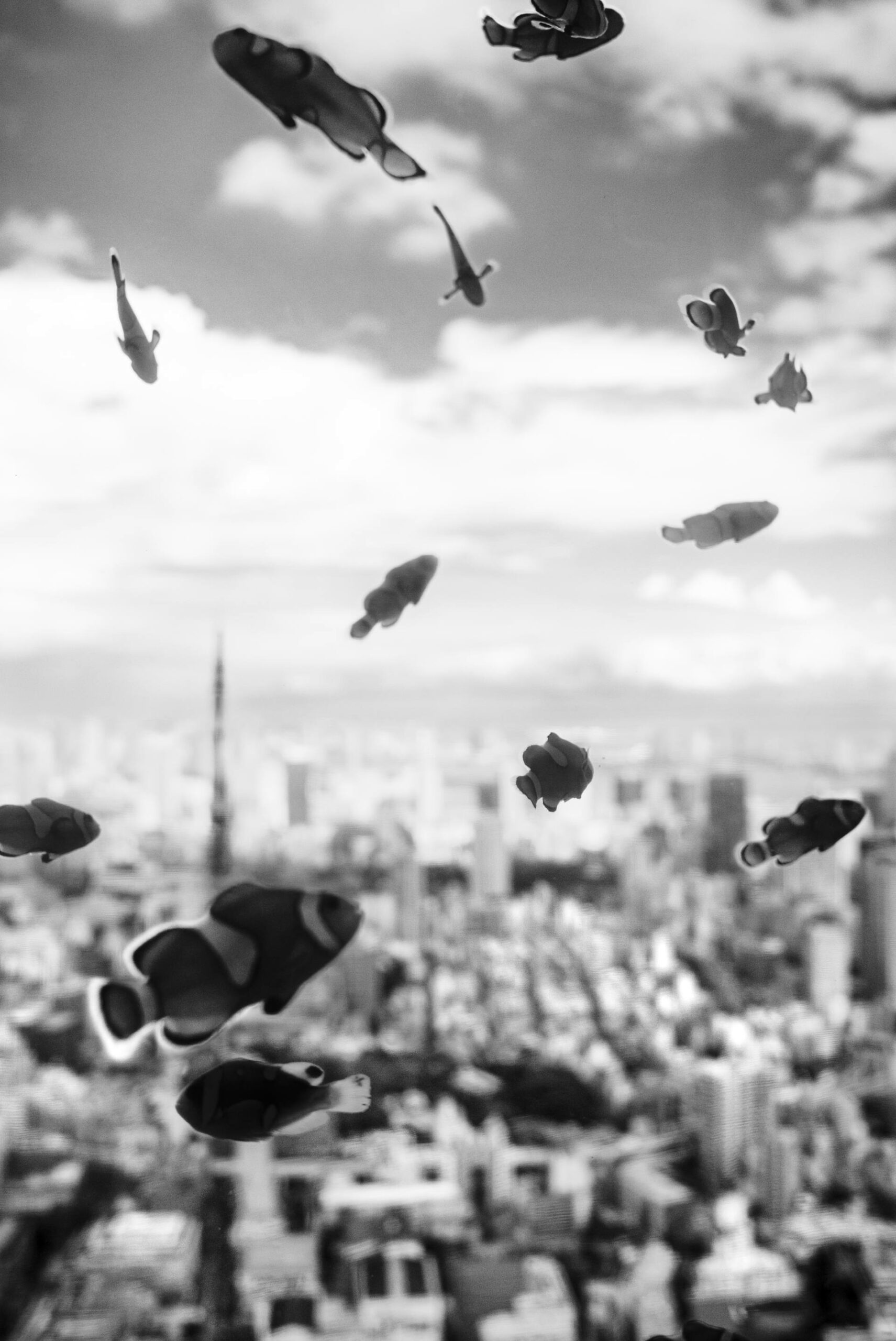
-
Photo E size 30×40 cm
-
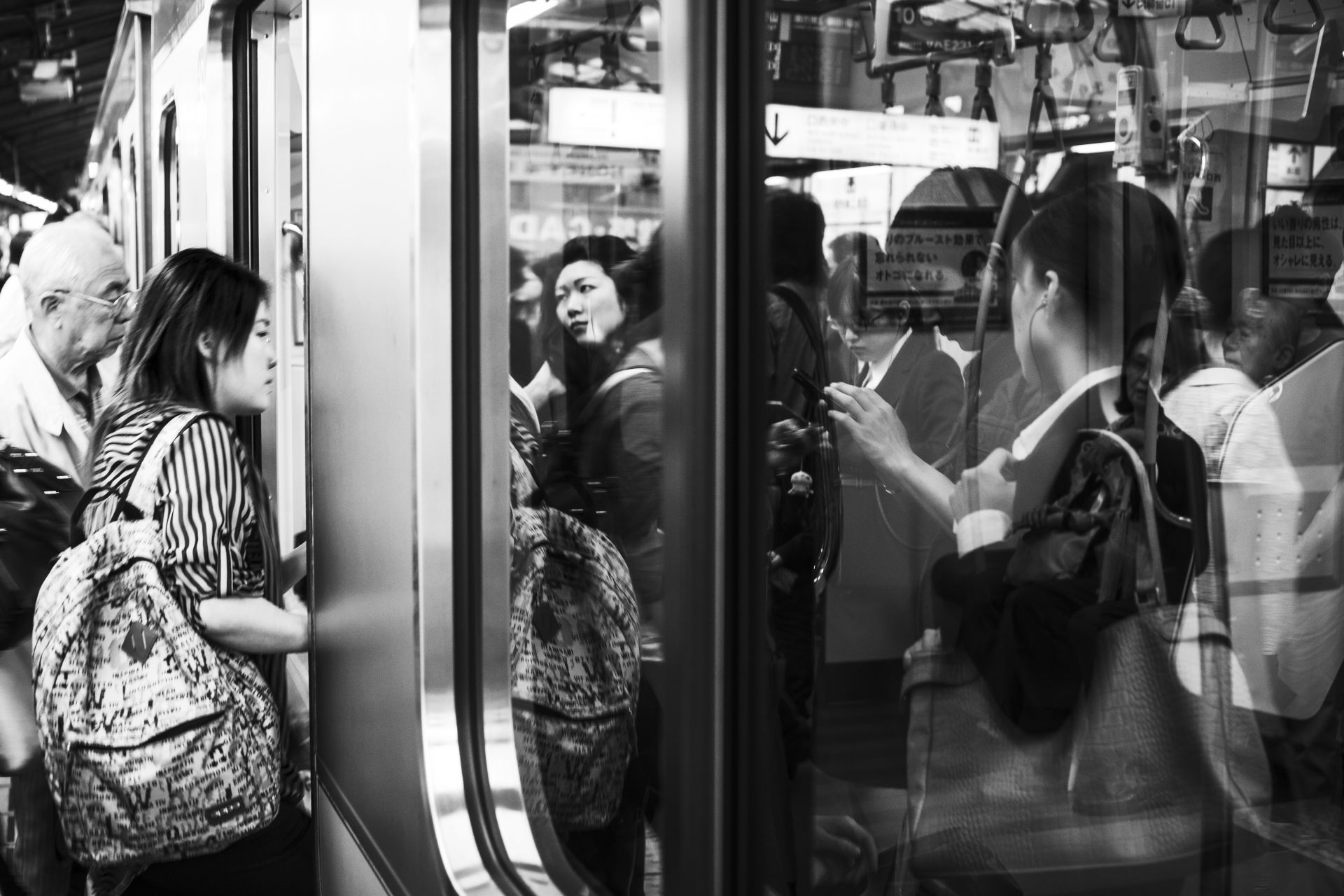
-
Photo F size 30×40 cm
-
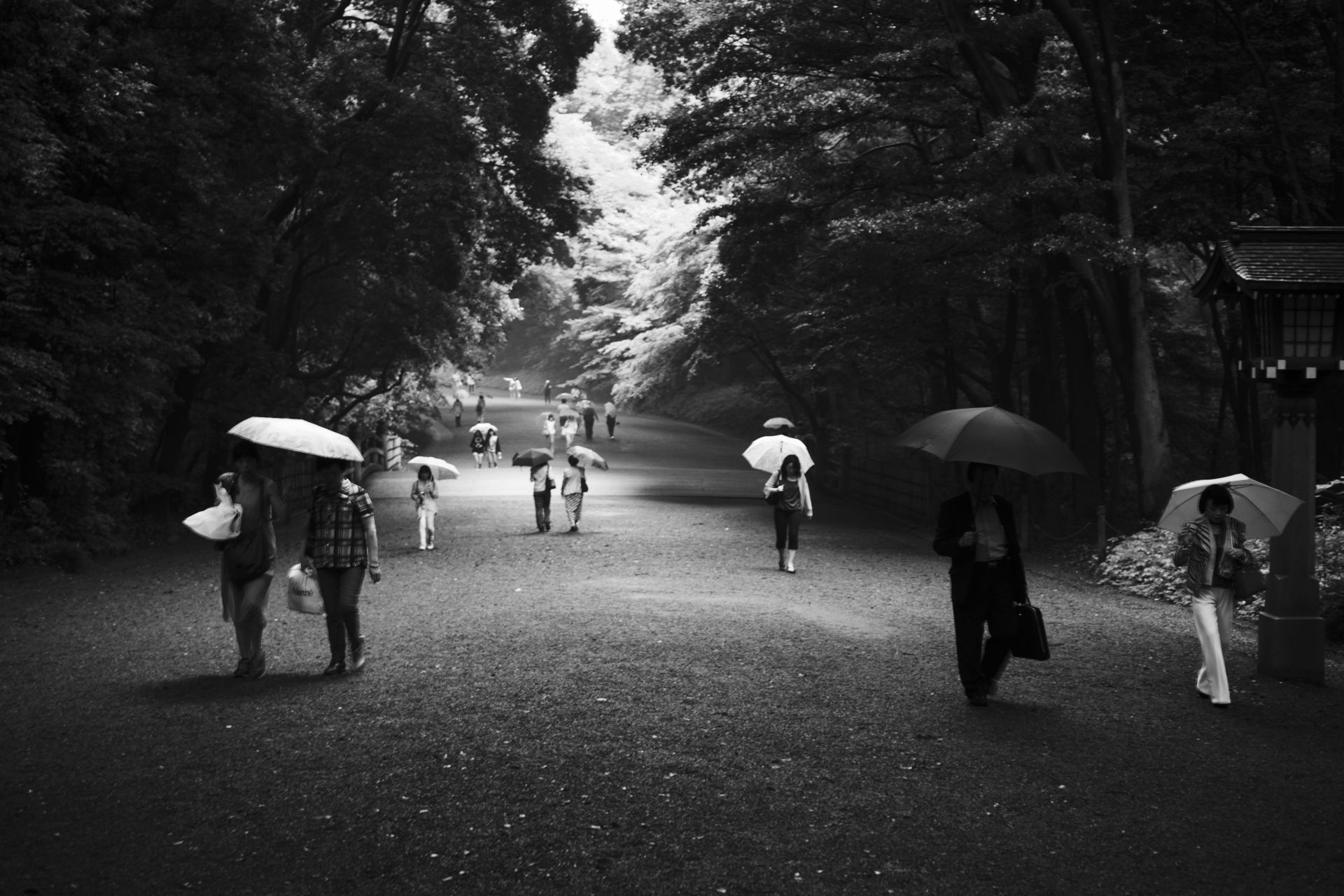
-
Photo G size 30×40 cm
-

-
Photo H size 30×40 cm
-
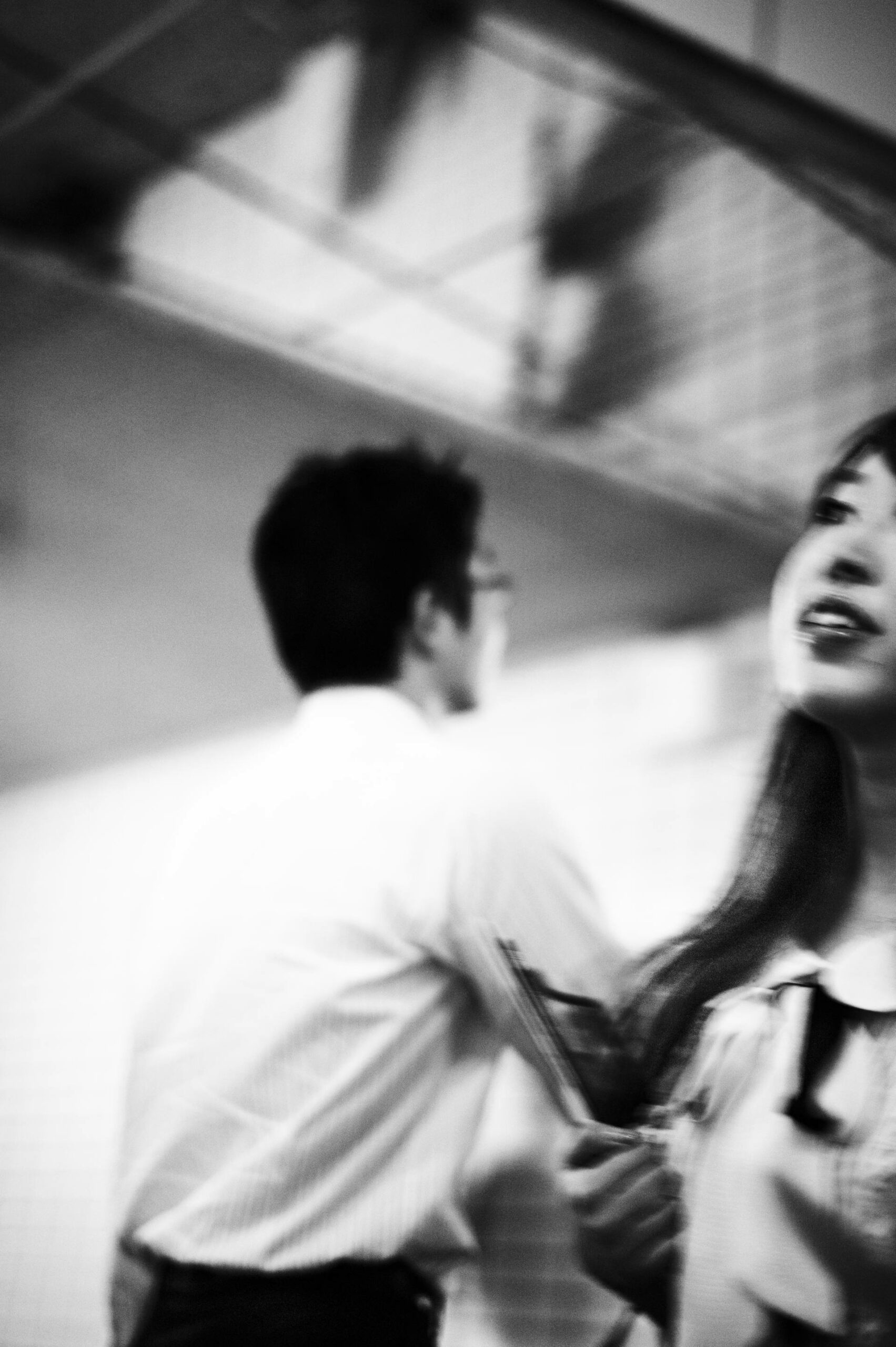
-
Photo I size 30×40 cm
-

-
Photo J size 40×60 cm or 60×90 cm
-

-
Photo K size 40×60 cm or 60×90 cm
-
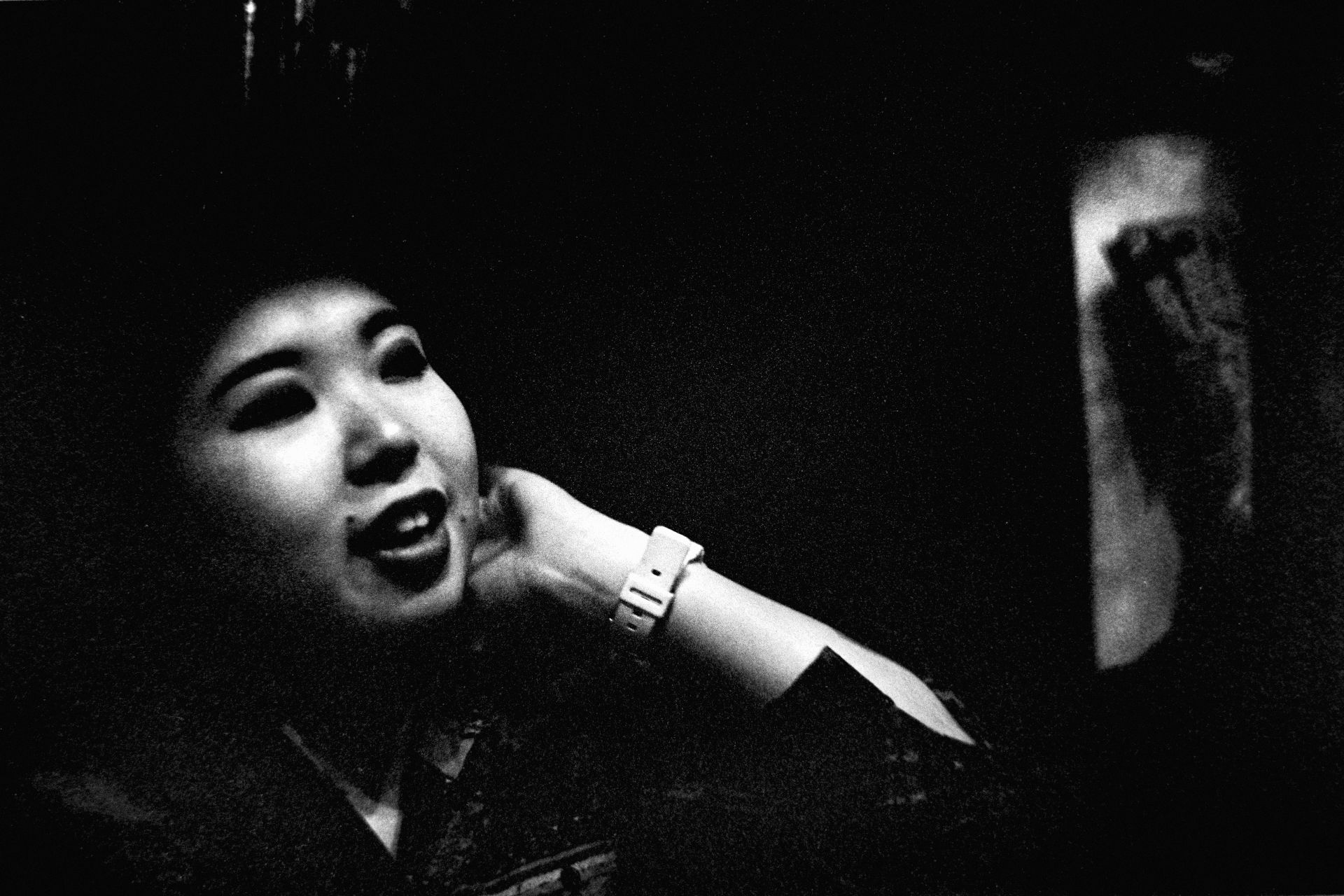
-
Photo L size 40×60 cm or 60×90 cm
-

-
Photo M size 40×60 cm or 60×90 cm
-

-
Photo N size 40×60 cm or 60×90 cm








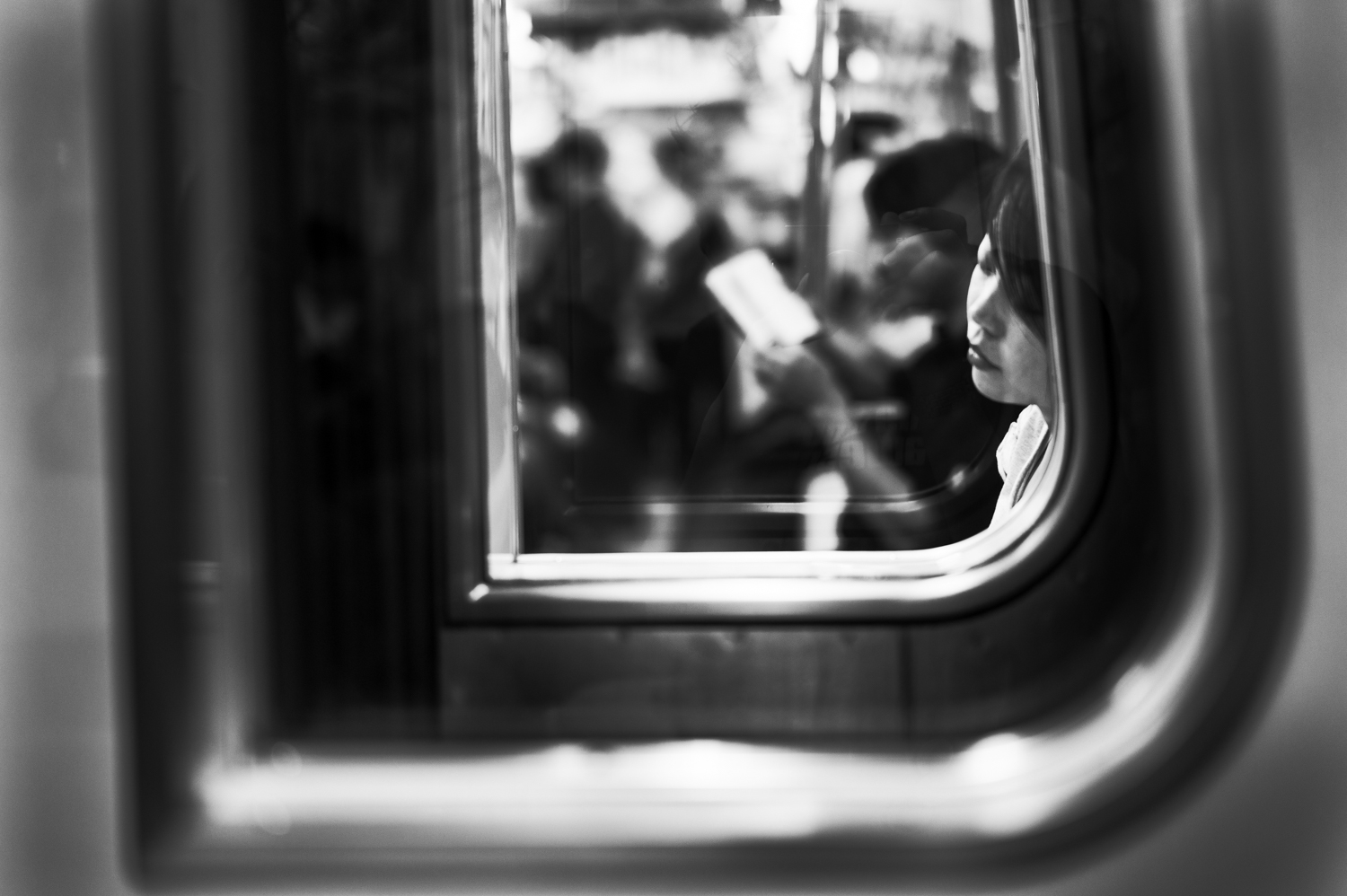
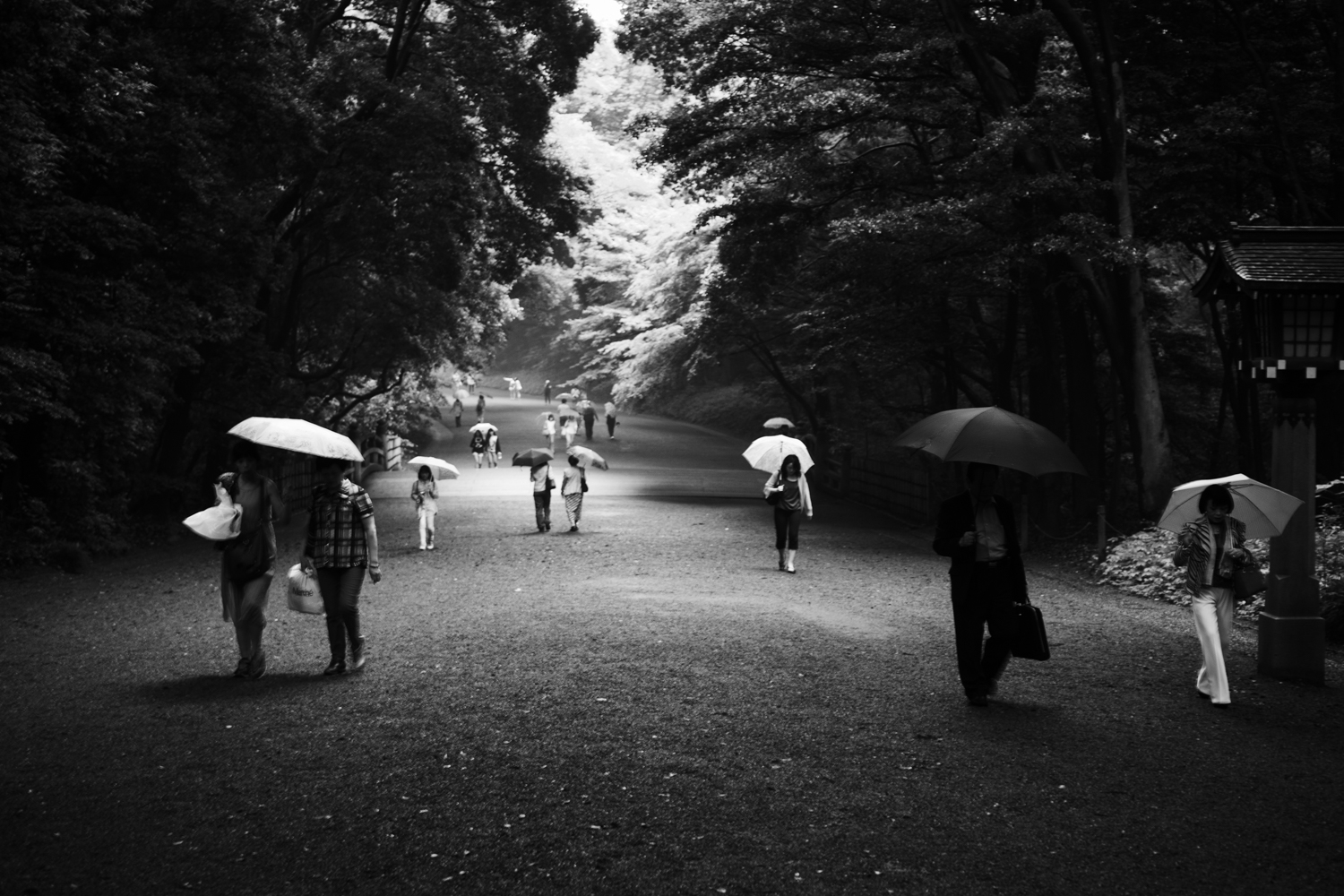

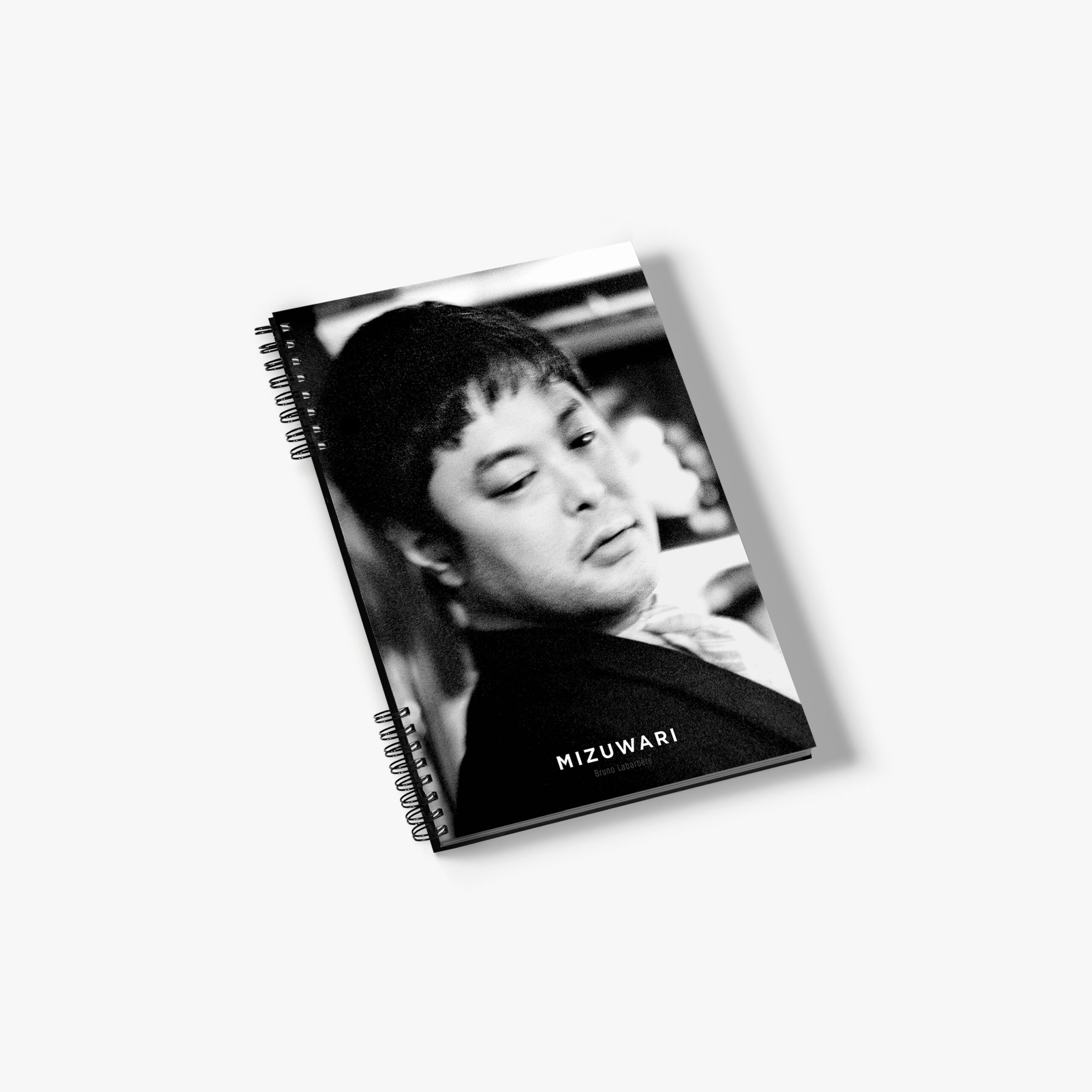

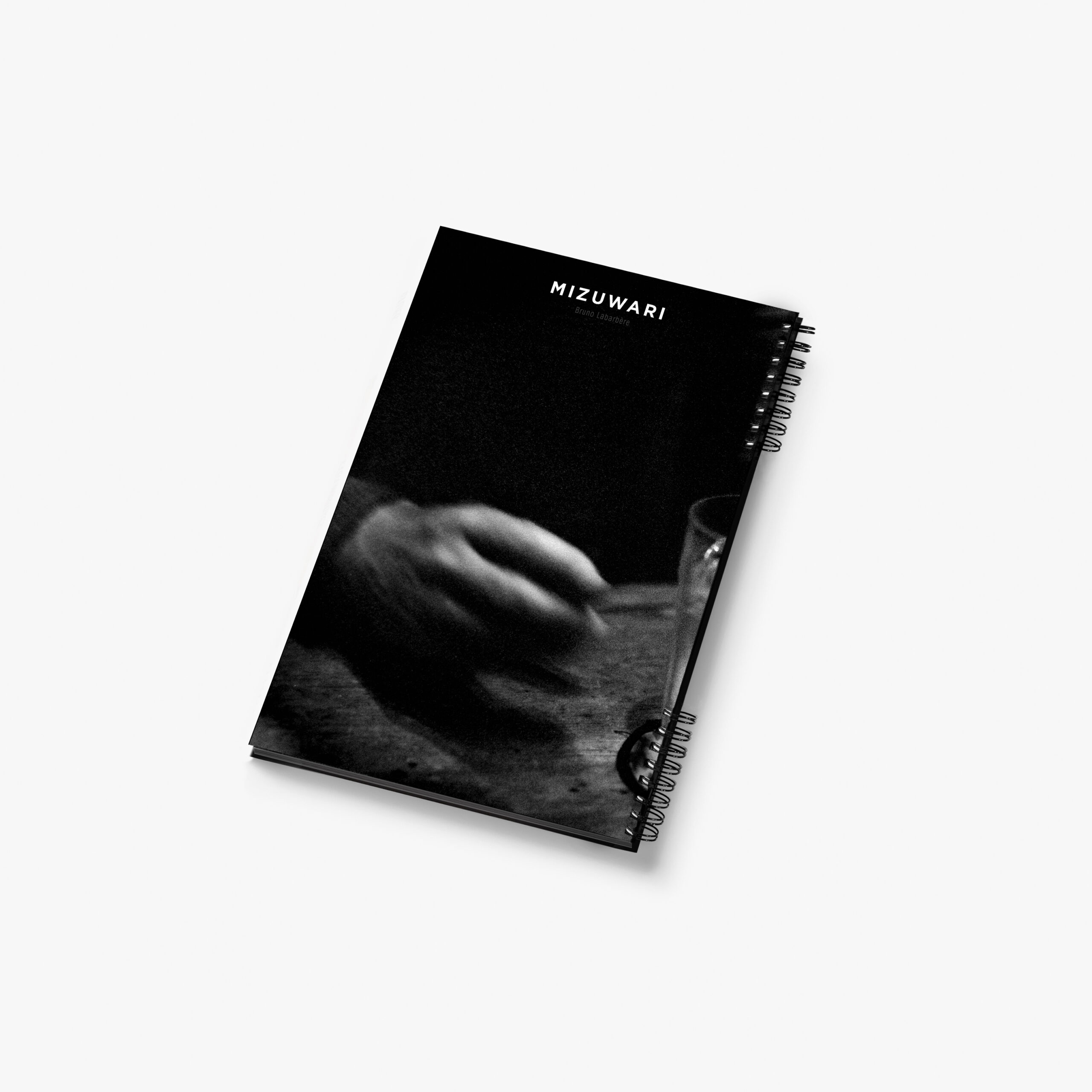
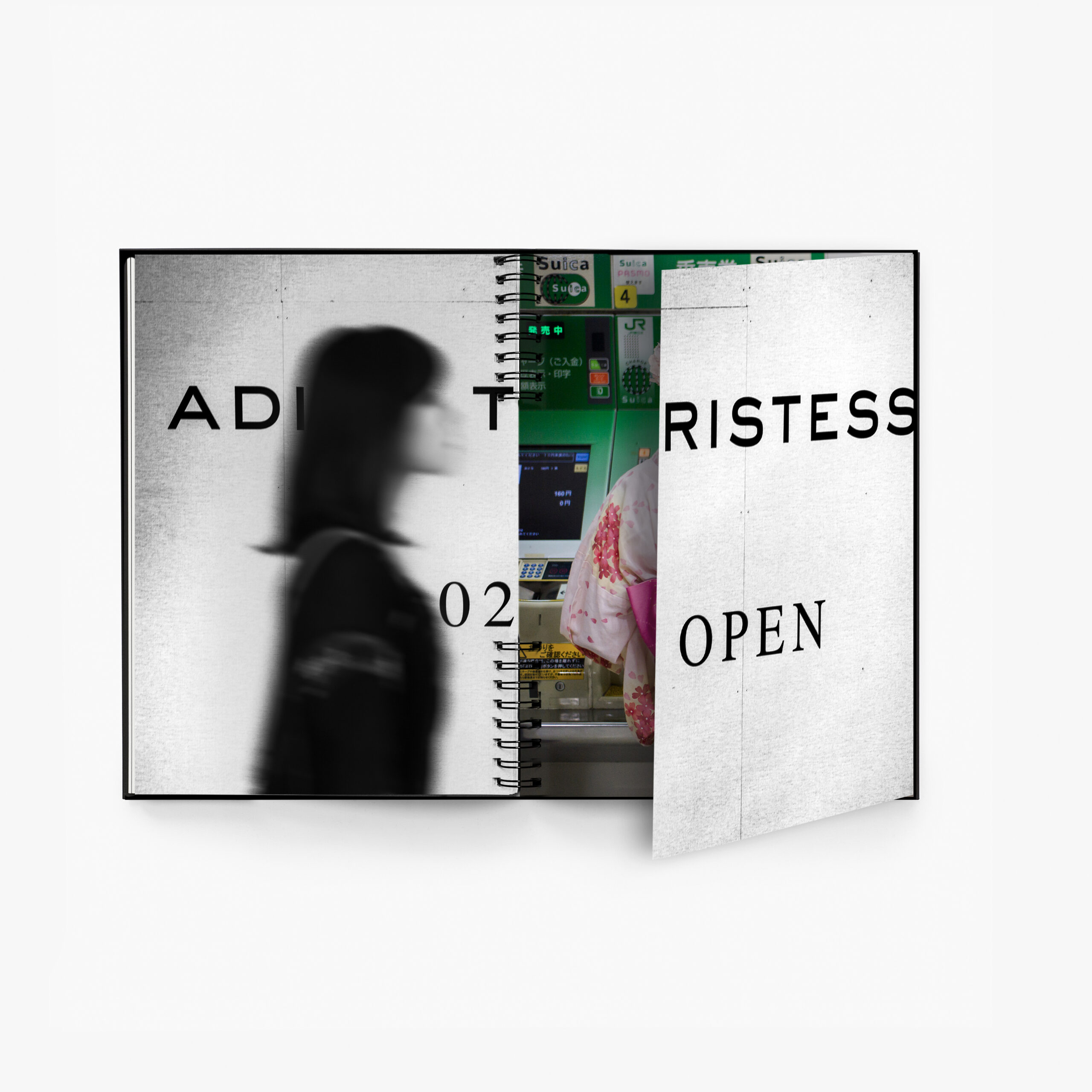
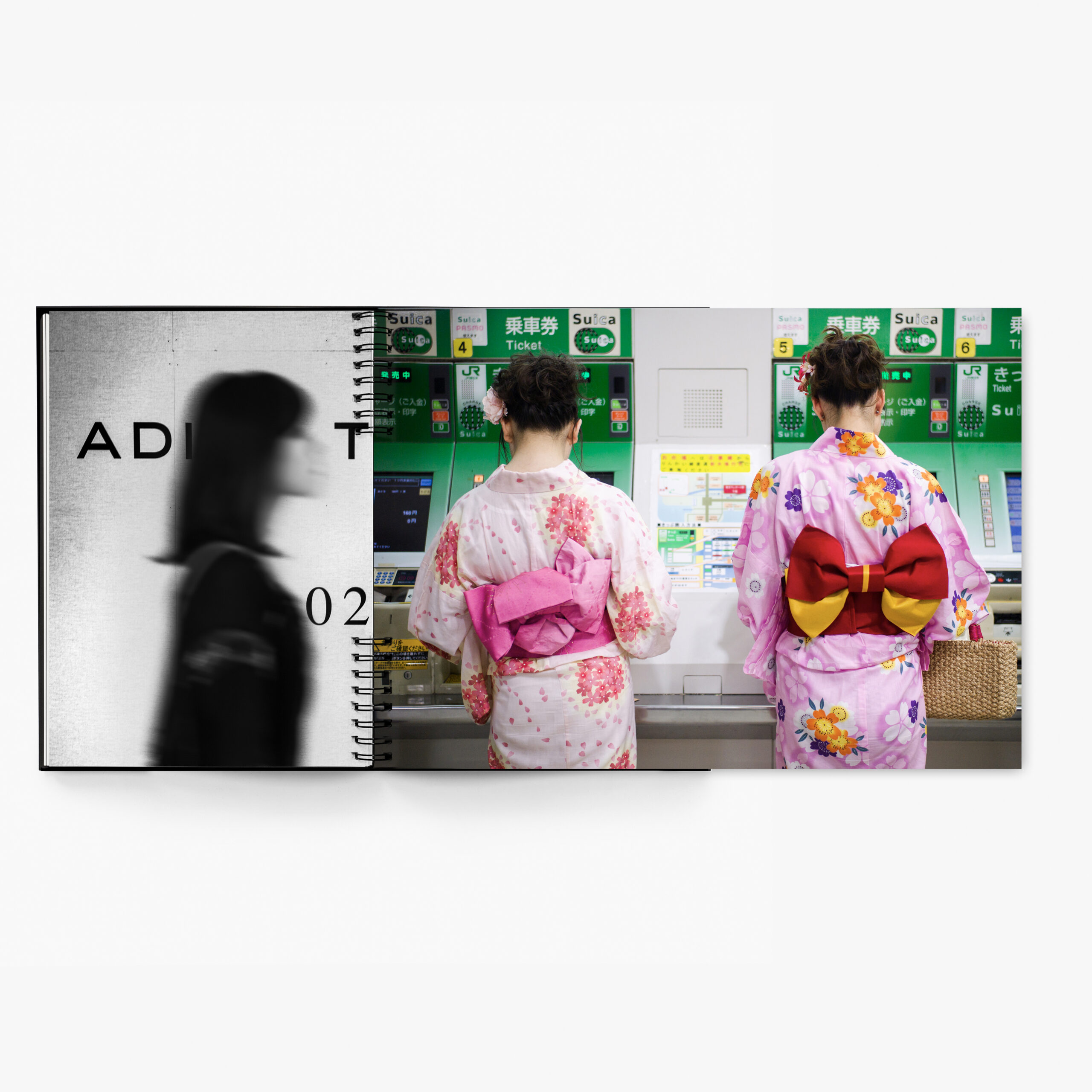










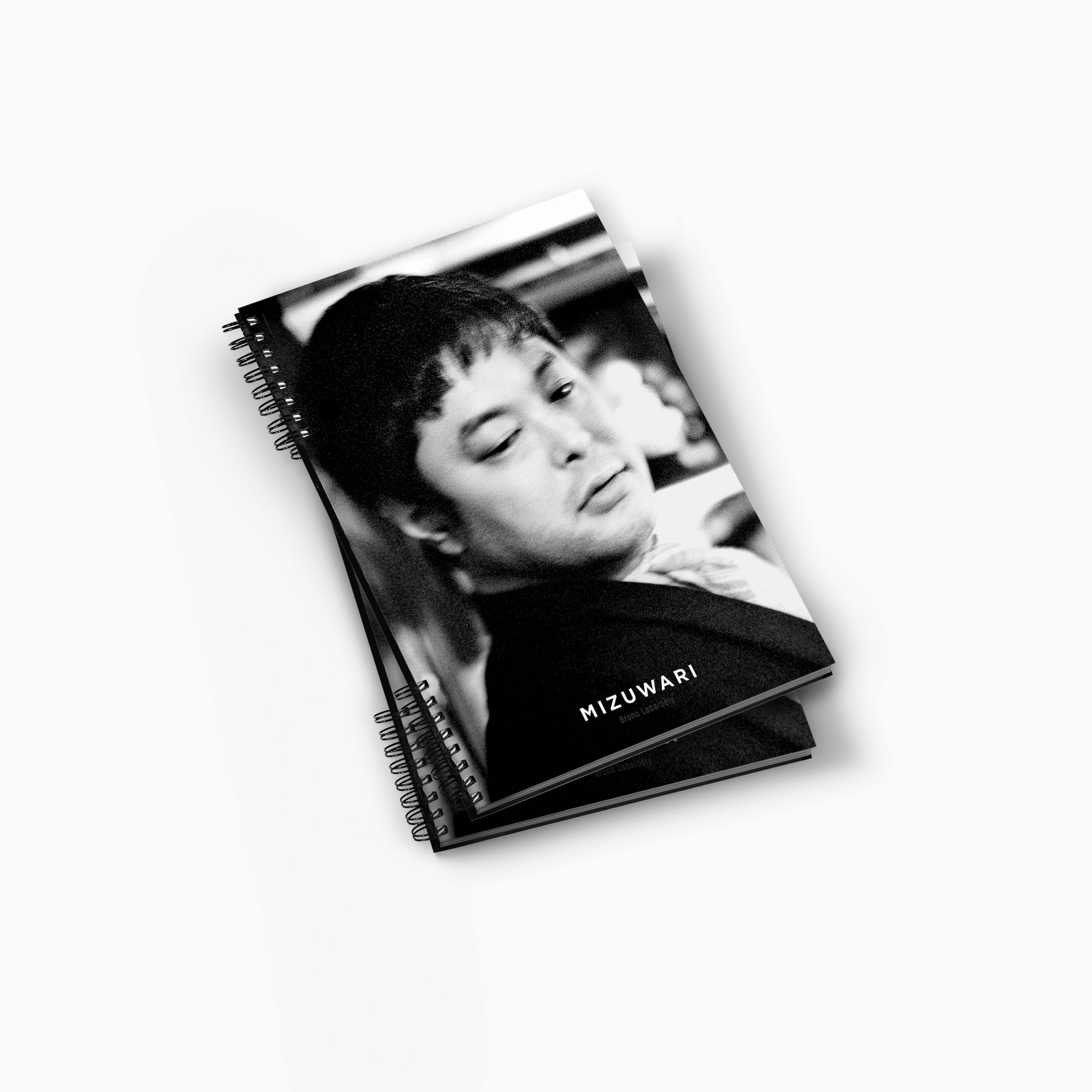

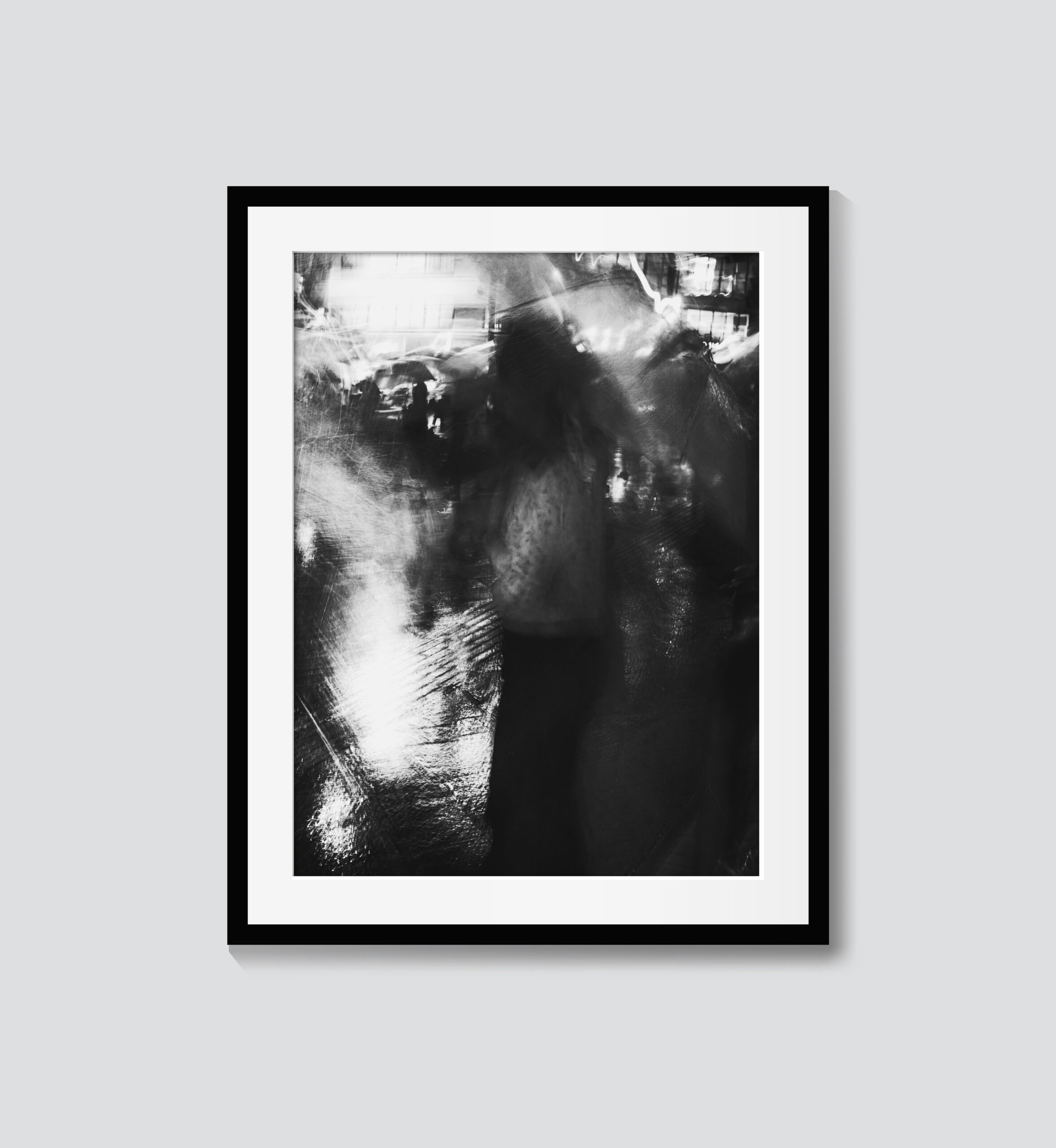

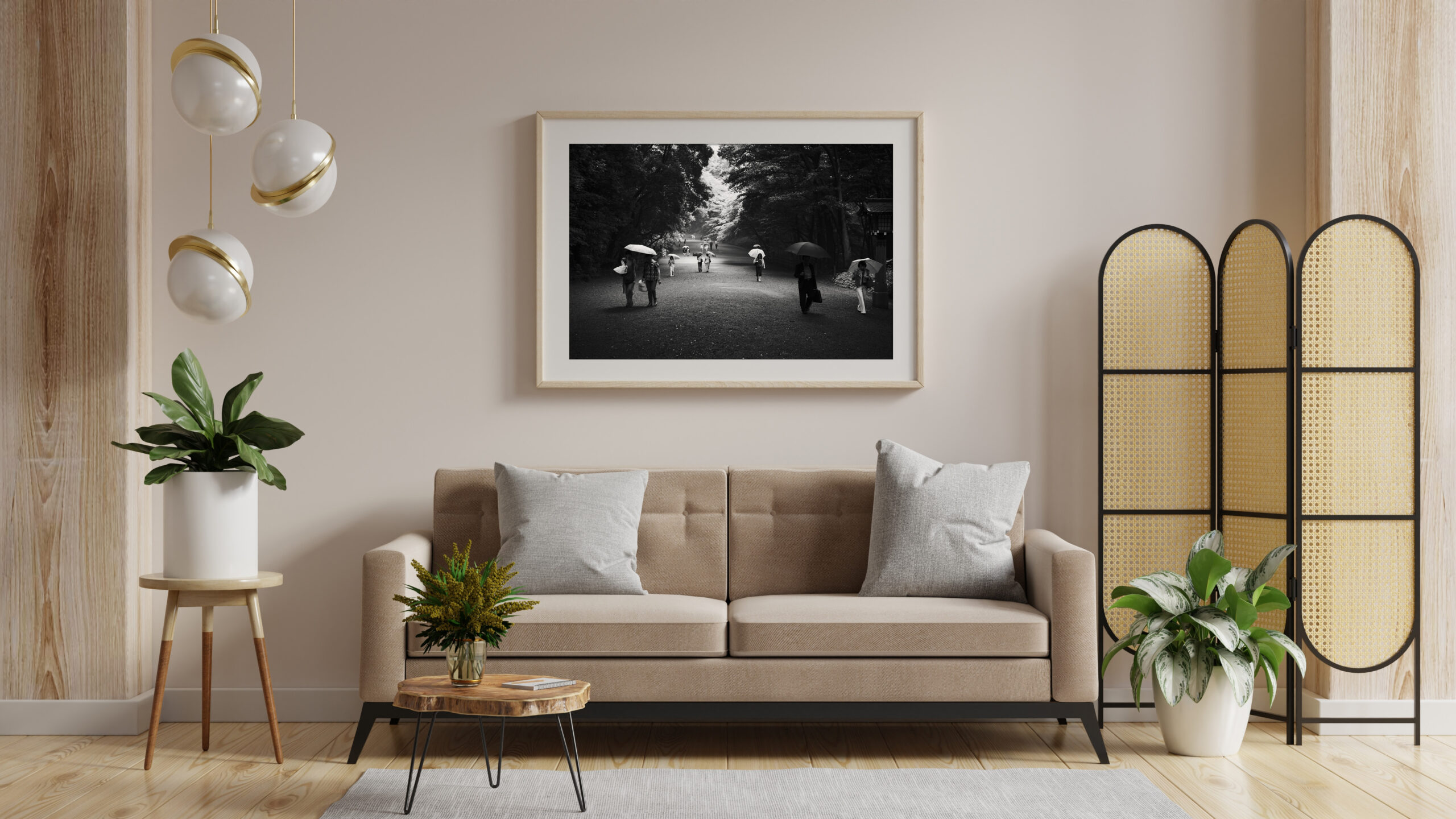

Recensioni
Ancora non ci sono recensioni.